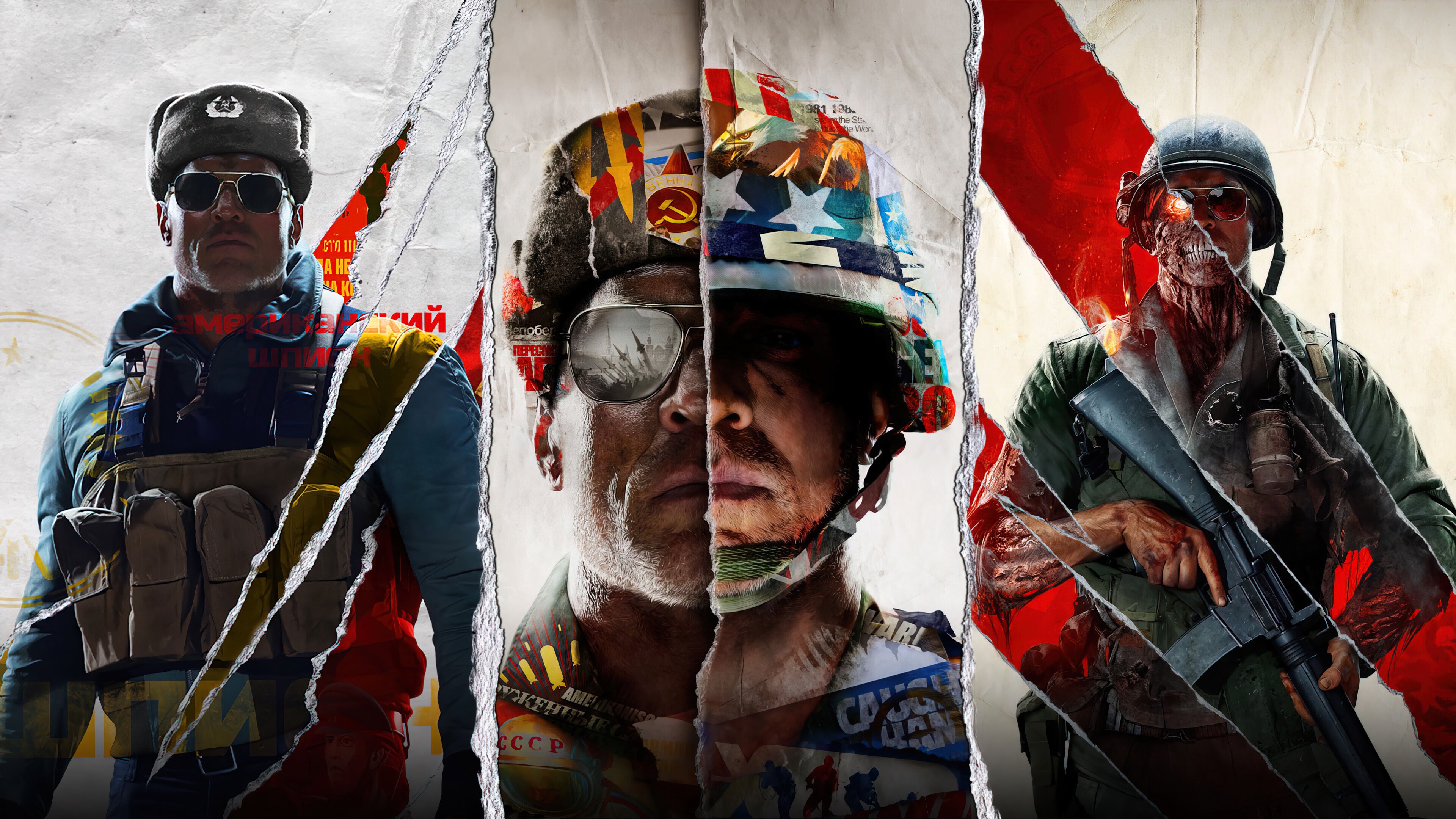

On the other, it heaps upon the player an endless stream of heavy-handed jingoism, of defending the “Free World” from the evil, Communistic threat.

On the one hand, the game seems to recognize the arbitrary divisions of the conflict, its false messaging and self-fulfilling propaganda. It’s a running theme throughout Cold War–a confusing split laid right down the middle. The same halls that were once full of the peaceful busywork of war now transform into the stage for the bullet-scarred and bloody job the series has always been more comfortable taking part in. Knowing this, this moment in the game offers the player a kind of mirror, a visual recognition that the people who are your ostensible mortal enemies are really just another version of you.Īnd then you switch back to your operatives, strap on some flak armor, pick up your machine guns and light the whole place up. On the other side of the world, in Langley, the same sorts of people are doing the exact same sort of thing. In spite of the building’s grandiose architecture, with its soaring central atrium draped with red flags and tall portraits of stoic party leadership, the space still feels largely pedestrian, like any office building full of people working on their tiny little piece of a massive and self-propelling bureaucracy.

news broadcasts, or strategizing with one another about intel. As Belikov, you can pop into offices and eavesdrop on chain-smoking analysts variously digging through newspaper clippings, listening to U.S. About two-thirds of the way into Call of Duty : Black Ops Cold War’s campaign, in classic Call of Duty fashion, the game shifts in perspective away from its main protagonist, a CIA operative called “Bell,” to a man named Dimitri Belikov, an American mole embedded within the KGB’s headquarters in Moscow.


 0 kommentar(er)
0 kommentar(er)
